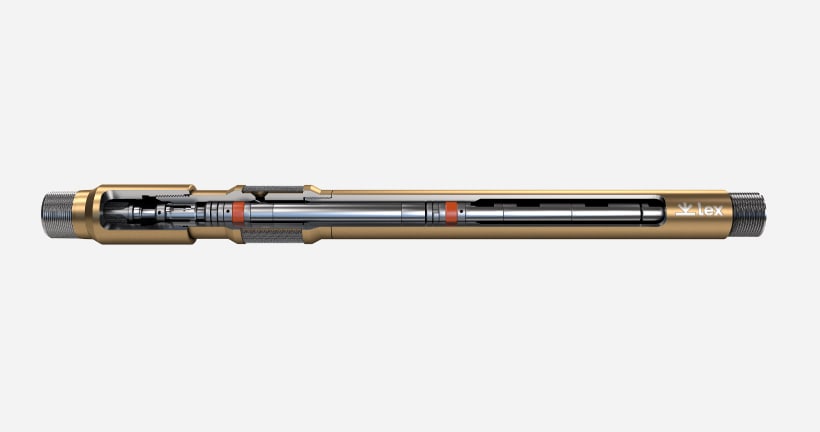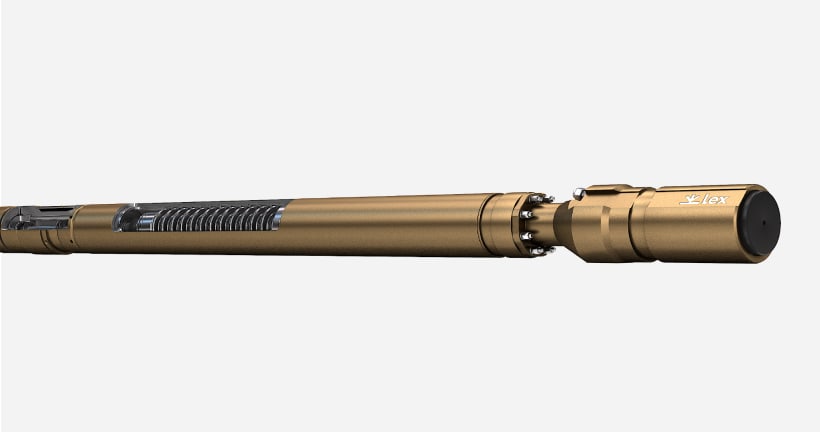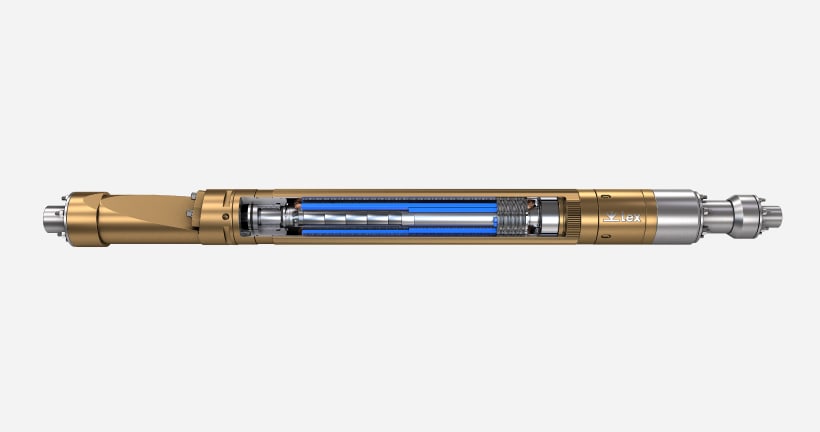During the operation of wells, reservoir pressure declines year on year in the absence of pressure maintenance systems. This leads to a decrease in the production ability of a well. Standard equipment cannot effectively adapt to these changes and fully compensate for the production loss. Consequently, production rates go down, and premature failures of the submersible equipment mean more repairs, ultimately leading to a drop in operating company profit.
Normally, organizations exercise two approaches to pressure decline:
- Replacement of high-production equipment with smaller size machinery to avoid the deployment of energy-intensive and unsafe sub-optimum practices. The well stops for maintenance, which augments losses exponentially.
- Discontinuous running of the equipment to optimize production. This technique increases fault risks.
Depth-setting activities may be more difficult due to well dimensions or deviations, making it challenging to get equipment to the desired depth.
During this process, a decrease in bottom-hole pressure is possible, which can lead to a boost of drawdown and inflow. This process is often followed by the appearance of additional solids content and a large amount of free gas, leading to premature failure of standard equipment.
A new solution, developed by engineers at Lex, is the JetESP artificial lift system, which consists of the UHS ESPTM and a jet pump mounted on one tubing string. The technology returns the separated gas from the annular space to the tubing, decreasing annular and, consequently, bottom-hole pressures. This results in an increased inflow.
The Ultra-High-Speed ESP with the PM Motor can rotate up to 12,000 rpm to produce a wide operating range, allowing the pump to maintain maximum performance within the set operating limits even faced with an unstable inflow.
High rotating speeds cut down the length of the UHS ESPTM by three times compared to standard equipment. It also allows access to greater depths in deviated sections (including below the perforation zone) and brings the bottom-hole pressure down, consequently increasing the drawdown. Its modular design and hard alloys quadruple the resistance to solids compared to standard equipment.
This solution by Lex allows our clients to cut down on their OPEX by 30% and increase production gain by an average of 20% per well. The synergetic efficiency of each piece of UHS ESPTM reduces specific power consumption by 60%.



